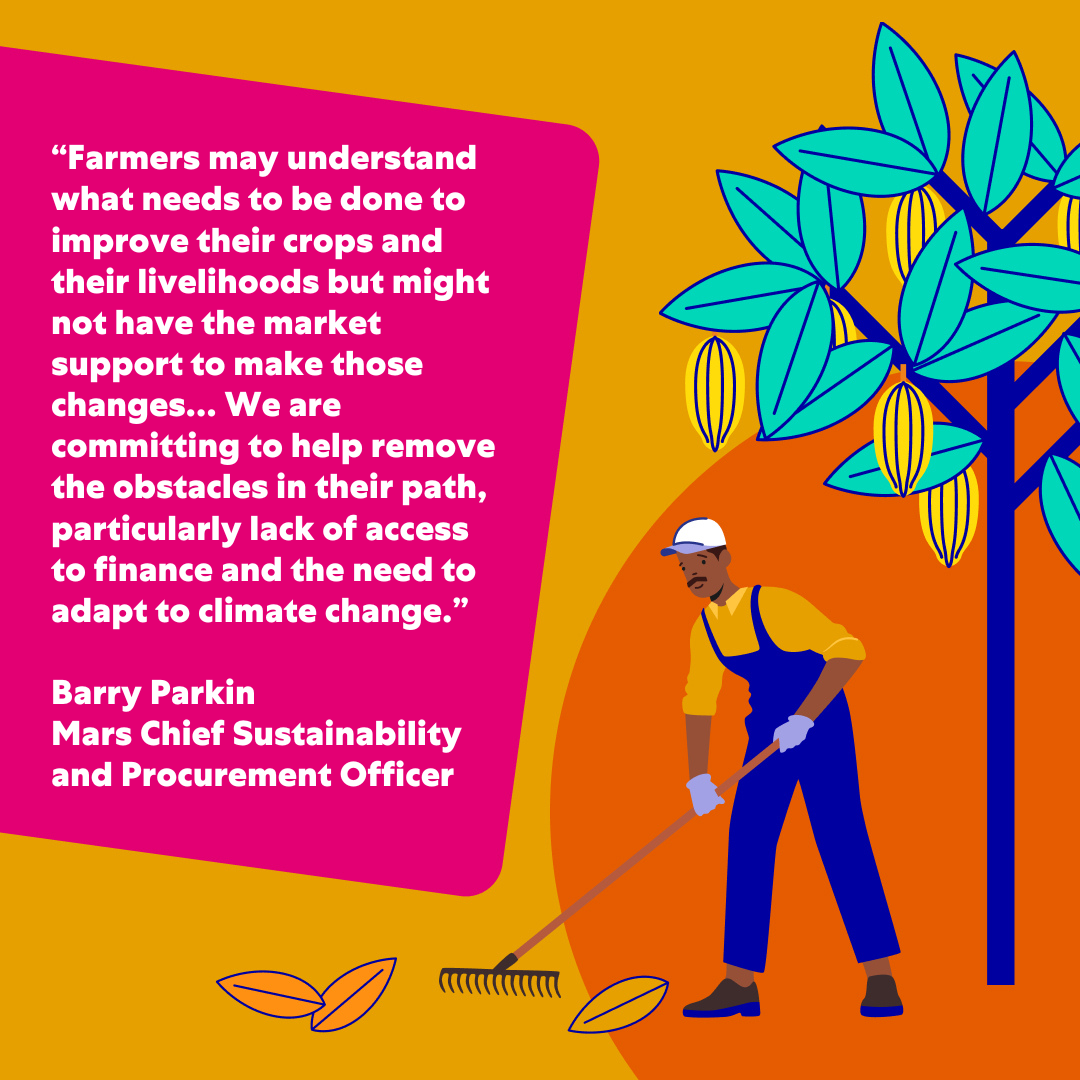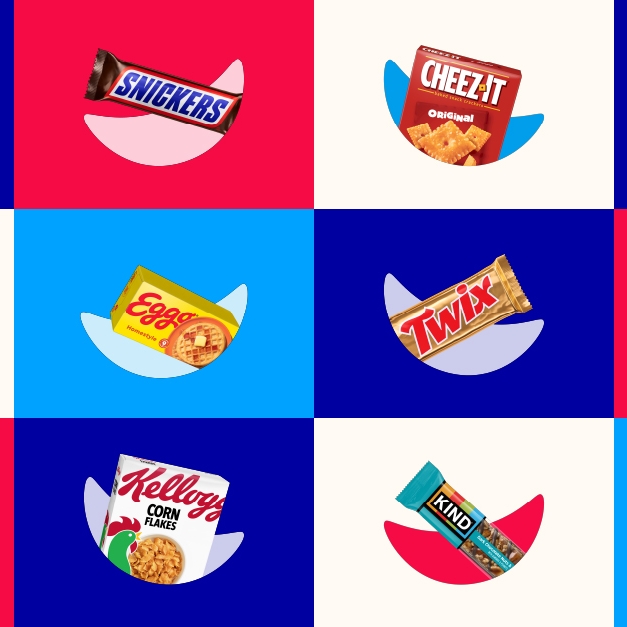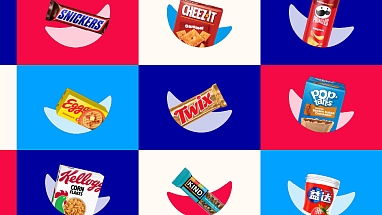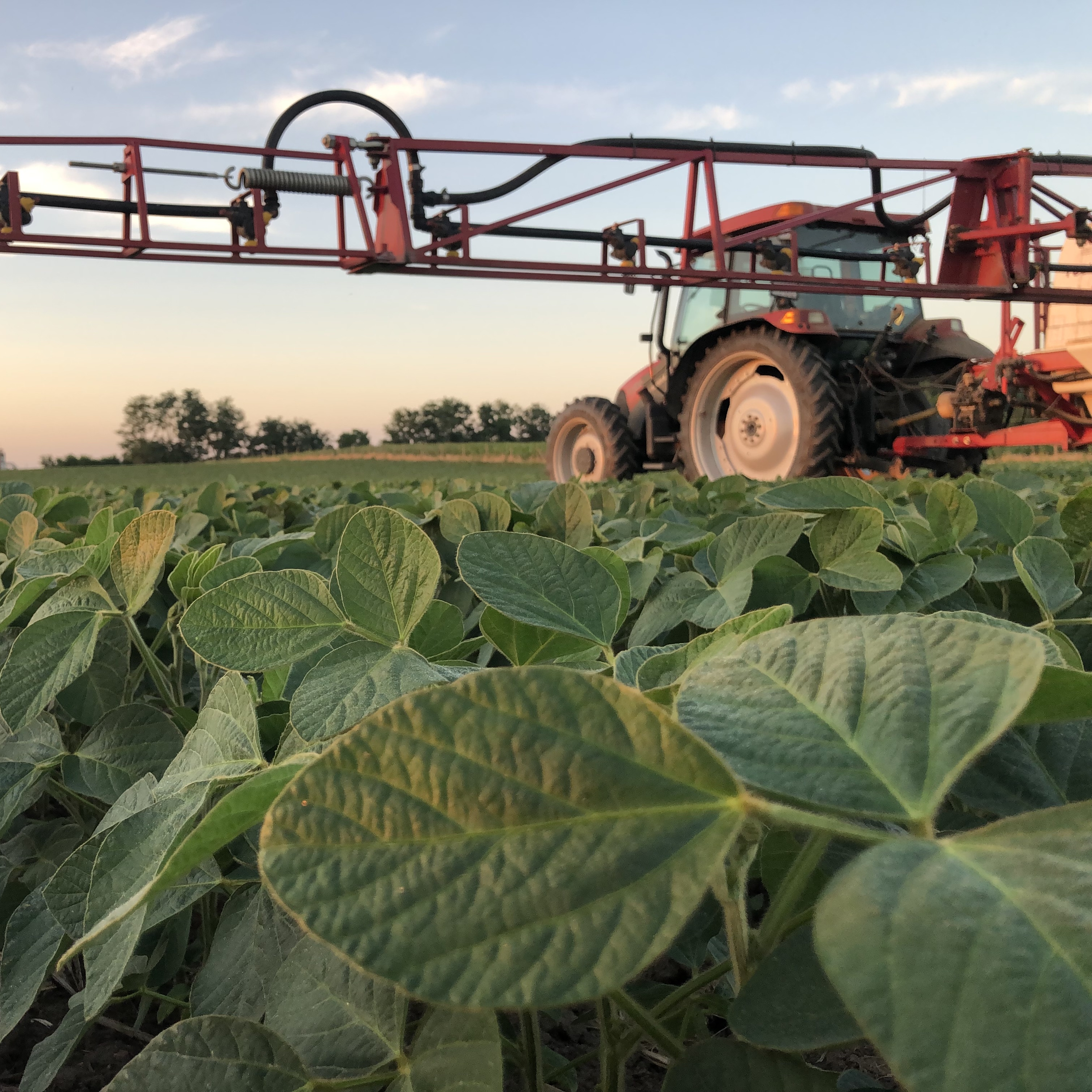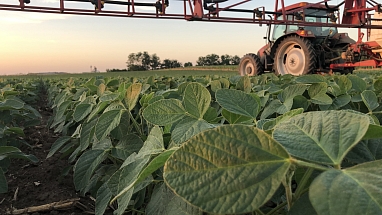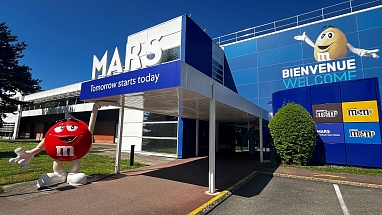Get to know cocoa, and see how science is helping this picky plant thrive and its communities prosper.
Without cocoa, we couldn’t have all our favourite chocolate brands. But it’s not just a treat many of us love. Cocoa is central to the livelihoods of around 500 million people worldwide, including 350,000 farming families that produce the cocoa that Mars Wrigley buys.
That’s a lot of people. And it represents a huge amount of cocoa being grown and harvested. But this much-loved crop is fragile. It’s vulnerable to pests, diseases, and the unprecedented challenges of climate change. Which is why we’re committed to creating a more modern and sustainable cocoa supply chain for generations to come.
The good news is we already have over four decades of Mars Wrigley research to build on.
The bittersweet truth
Cocoa comes from the cacao plant, which is quite a fussy, finicky and difficult crop to grow.
It’s not great at fighting off pests and diseases. It’s a bit of a slow grower, taking about seven years to fully mature. And while each tree produces hundreds of blooms, just 10% of them turn into the pods carrying the cacao seeds that end up in our favourite chocolate bars. Plus, cocoa is choosy about where it lives – it only grows in just one tropical climate, usually around the equator.
All this, coupled with global warming, means cocoa is facing more pressure than ever. If we’re to enjoy our favourite chocolate brands in the future, we need pioneering efforts to make cocoa more robust and higher yielding.
“Every single thing we can do to nudge that productivity up allows us to not only create thriving structures and income for our farmers but also create a thriving planet.”
– Amanda
Davis Chief Procurement and Sustainability Officer
Mars Wrigley
Breakthrough moments all over the world
We’ve been researching how we can best protect cocoa, and the farmers who depend on it, with our global research centres, demonstration farms, and pilot projects. This ongoing work has been full of moments of progress.
For example, we collaborated with multiple organisations in 2008 to sequence the cacao genome – identifying the genetic markers for yield, bean quality and disease resistance. We shared these findings with the world, with the hope that through a combined effort, the process of breeding promising variants of plants could take months, rather than years.
We’re also working with researchers at UC Davis in California to explore accelerated breeding. Scientists are identifying robust variants, creating crosses of the best plants, and finding the right plant for the right environment. The goal is to create more drought-tolerant and disease-resistant plants, allowing farmers to have a more resilient crop and better economic outcomes.
“When we’re thinking about climate resilient cocoa, we can screen a whole bunch of different plants and figure out which have the root architecture needed to use water and fertiliser efficiently.”
– Jennifer
Schmidt Associate Scientist, Plant Microbiome
Mars Wrigley
UC Davis has also worked with Swiss DeCode to develop a test kit which can detect a virus in an asymptomatic plant in as little as 60 minutes, helping farmers act early to stop the spread. These quick diagnoses can help prevent disease and the deforestation that often happens in the wake of infected cocoa as farmers search for new plots to plant.
More collaborative moments
We’ve been working with farmers from across the world for over forty years. During this time we’ve helped countless people improve processes through testing and learning.
Today, we’re working with local cocoa farmers in Indonesia through interactive, realistic, and productive farming scenarios – which is resulting in more dynamic and diversified practices. In Ecuador, our efforts focus on increasing productivity while becoming a climate-smart agriculture demonstration farm for the region. And in Brazil, we’re able to validate the performance of new planting materials and test the viability of high yields in an agroforestry system.
Results so far:
- 60,000 farmers have applied agroforestry techniques
- 132,000 farmers trained in forest protection
- $1 billion has been invested to build a new cocoa supply chain model centred on smallholder farmers
A good move for everyone
Every cocoa science moment moves us towards healthier, more resilient, and more productive cocoa plants. Better yields per plot and a more sustainable and thriving cocoa ecosystem that benefits both farming communities and natural ecosystems.
And this in turn helps us move closer to our goal of a deforestation-free and conversion-free cocoa supply chain by 2025. Now that’s a moment we’re excited for.

